That Was Then... Marantz CD-7
We revisit Marantz’s last dedicated flagship CD player
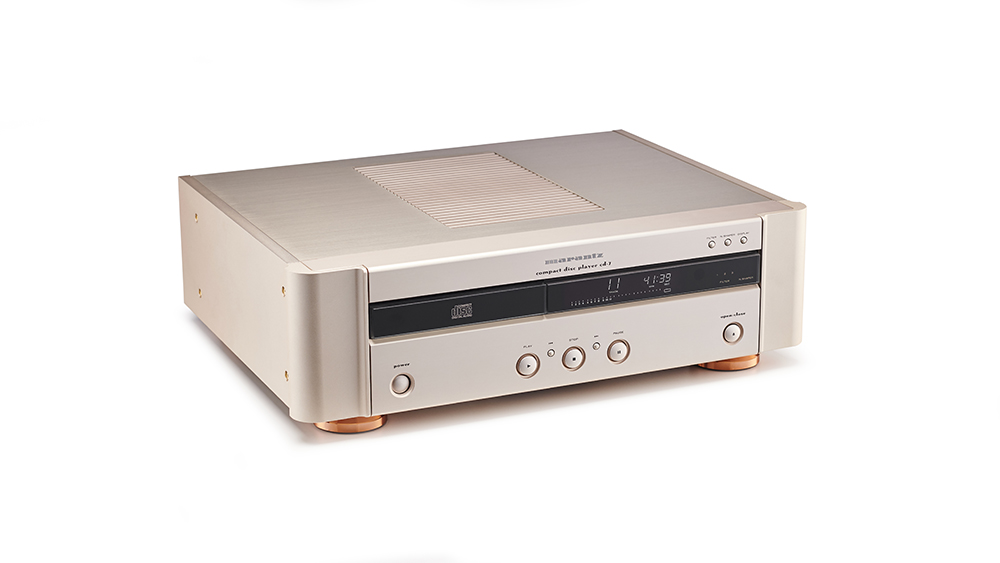
The turn of the century was a truly exciting time in hi-fi. After almost two decades in the limelight, it looked like CD was about to be replaced – and not by one, but possibly two new high-resolution formats. Both SACD and DVD-Audio boasted technical abilities far beyond the humble Compact Disc.
At a time when most people were looking forwards, Marantz decided that it was the right time to look backwards. And we’re glad it did, because the result was the glorious CD-7 (£3500) – the firm's last dedicated flagship CD player and one of the best disc machines it has ever made.
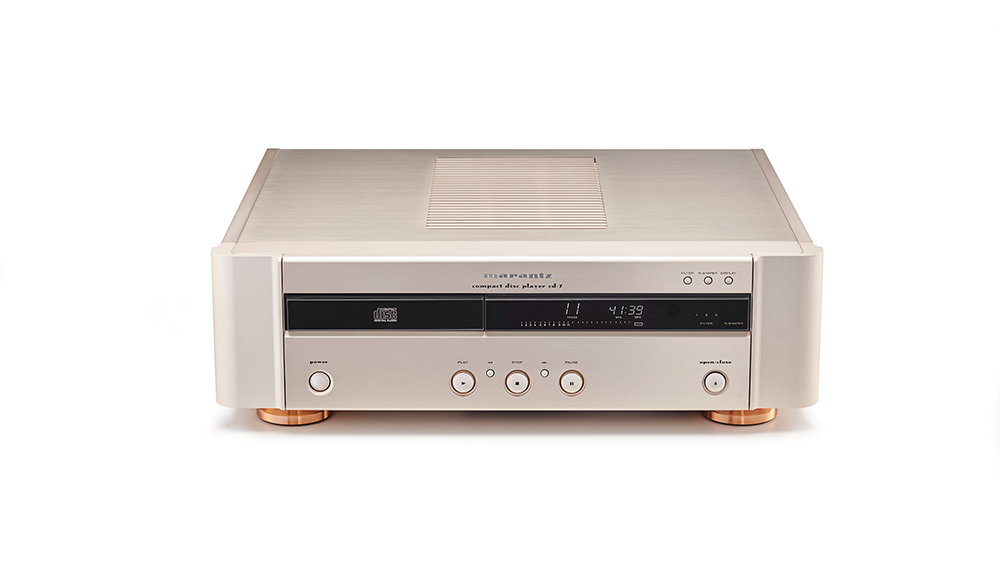
While most price comparable alternatives came in two boxes, Marantz went for an integrated approach. Even more unexpected was that the company ignored the fashionable single-bit DAC chips of the day – developed by parent company Philips – and left the conversion in the hands of the older generation multi-bit Philips TDA1541 chip working in dual differential mode. The reason was that according to the late Ken Ishiwata, Marantz’s audio guru, this older DAC design simply sounded better.
A lot of care was taken over digital processing, with the CD-7 using two Motorola 56000 ICs running dedicated software that allowed Marantz to control oversampling and offer switchable filter settings with the option of having noise shaping.
Getting the maximum digital data off the disc is always a priority, and here a special metal chassis version of Philips’s CDM 12.3 was deployed. A great deal of care was taken to ensure that it worked with the slickness expected at the top-end of the market.
Elsewhere, there was a plethora of selected Marantz Hyper Dynamic Amplifier Modules (HDAMs) in the analogue stages, carefully chosen audiophile components and a highly specified power supply. Marantz had long been a master of optimising its products, so it came as no surprise to find that shielding of the circuitry and the resonance behaviour of the immaculately constructed casework had been honed to a tee.
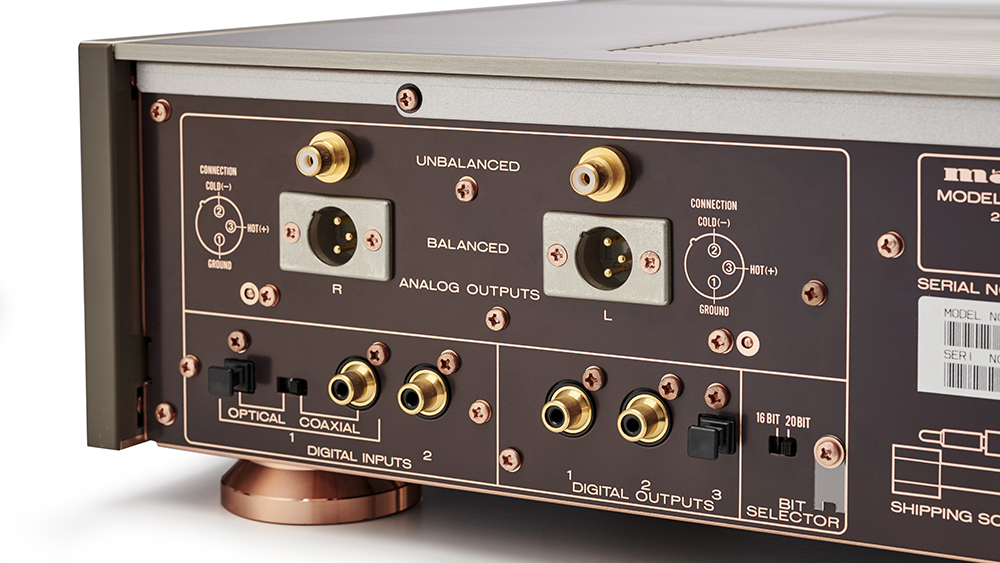
Connectivity hadn’t been compromised either. The CD-7 came with both balanced XLR and single-ended analogue outputs alongside two coaxial and single optical digital outs. Unusually for an integrated player, there were digital inputs too – a pair of coaxials and an optical – so that the distinctive multi-bit DAC circuit could benefit external digital sources too.
Get the What Hi-Fi? Newsletter
The latest hi-fi, home cinema and tech news, reviews, buying advice and deals, direct to your inbox.
Marantz has generously lent us a sample of the CD-7 from its museum collection, and all told, it remains a superbly made machine. Everything feels solid and is finished to a high standard. Even the supplied system remote is a cut above, simply reinforcing this player’s luxury feel. Few current high-end CD players manage to do any better, even as their prices approach five figures.
The company’s characteristic gold finish works well with the minimalist exterior design, even if the control buttons feel a touch vague in use and their layout is slightly odd.
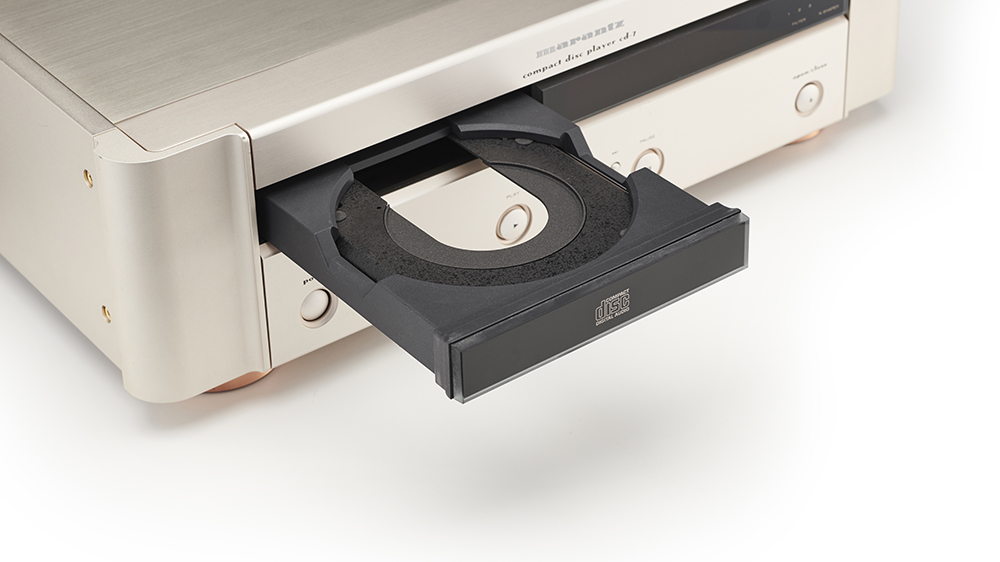
Such things cease to matter once we start listening. If you’re looking to match the levels of precision and punch of Marantz’s current range-topping disc player – the excellent SACD/CD/DVD-ROM playing SA-10 you’re not going to find that. While terrific in many ways, the CD-7 won’t worry the best of the current batch of high-end CD players. But that doesn’t stop it from being almost as entertaining to listen to.
We start with Last by The Unthanks and the Marantz CD-7 is wonderfully listenable. It’s a smooth, silky performer that works beautifully with the group’s distinctive vocals, thanks to a midrange that’s still as subtle and articulate as they come. There’s plenty of detail but this machine still manages to organise it in a cohesive and music manner.
Our initial impression is of refinement, but we soon find that beneath that gloss is a deeply talented performer that handles dynamic nuances and more savage level shifts with uncommon grace and fluidity.
Tonally it’s a touch too full-bodied and rounded to qualify as strictly neutral, but you know what? We find ourselves not caring because the balance chosen allows the CD-7 to shine across a broad range of recordings and never once makes us wince, regardless of how badly engineered the CD is. Don’t get us wrong, this is still an impressively revealing player – one that makes it easy to spot a sub-standard production – but it doesn’t make a meal out of things.
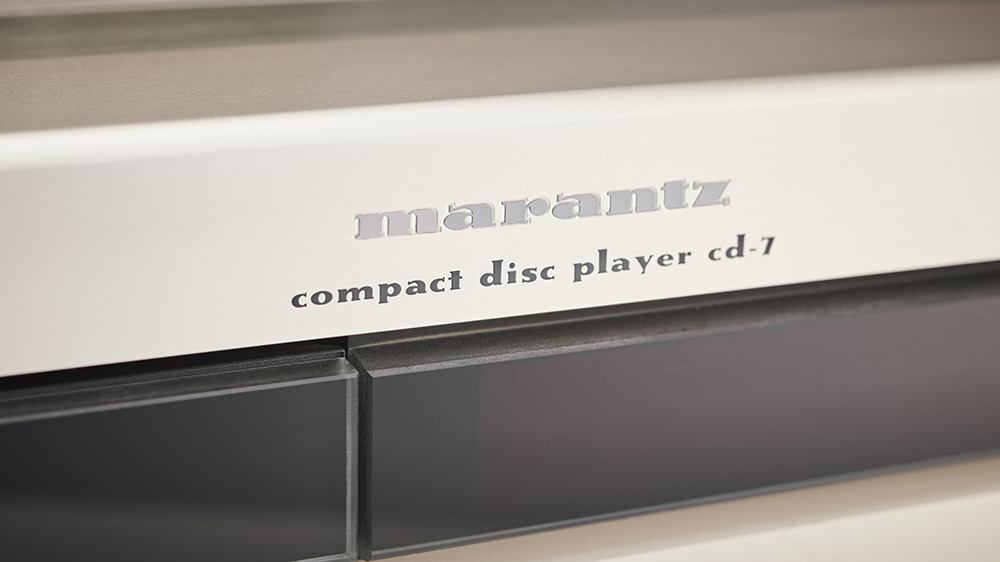
We move to Bizet’s Carman Suite and the CD-7 continues to seduce thanks to its ability to render sonic textures and track multiple instrumental strands without losing sight of the musical whole. It’s an entertaining and dramatic performance, overlaid with a sophistication that must have put its erstwhile competition to shame.
It doesn’t have the most expansive or layered sound stage around, but this player manages to image pretty well, keeping instruments and sounds locked in place even when the music becomes demanding.
As for any possible weaknesses, if you’re into Nirvana or Kanyé (or similarly powerful and exhilarating artists), you may want a presentation with more rhythmic drive. While we have no complaints about the CD-7’s punch and articulation, it doesn’t generate the sense of drive and momentum of the best current players. The result is that songs such as Smells Like Teen Spirit and Blood On The Leaves lack their normal intensity and excitement. The Marantz still entertains, though, thanks to its delicacy at mid to high frequencies, balanced tonality and highly articulate nature.
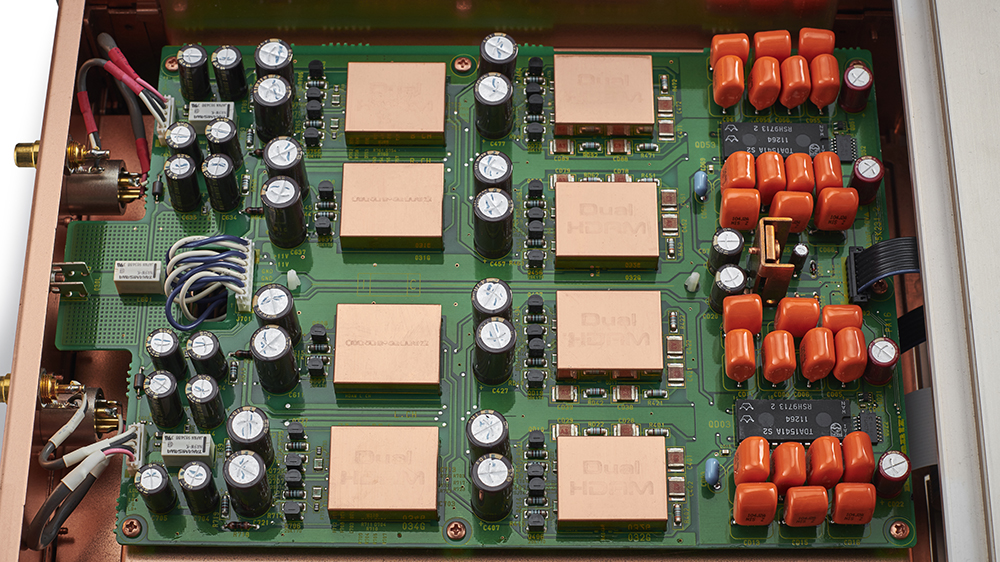
We think the CD-7 is rightly regarded as a legendary product. More than two decades after its launch, this machine remains a beguiling listen. By current standards, it may have the odd sonic weaknesses, but we can’t imagine anyone experiencing its sound and failing to fall for its charm. That includes us.
MORE:
Best CD players 2020: CD players for every budget

Ketan Bharadia is the Technical Editor of What Hi-Fi? He has been reviewing hi-fi, TV and home cinema equipment for almost three decades and has covered thousands of products over that time. Ketan works across the What Hi-Fi? brand including the website and magazine. His background is based in electronic and mechanical engineering.
